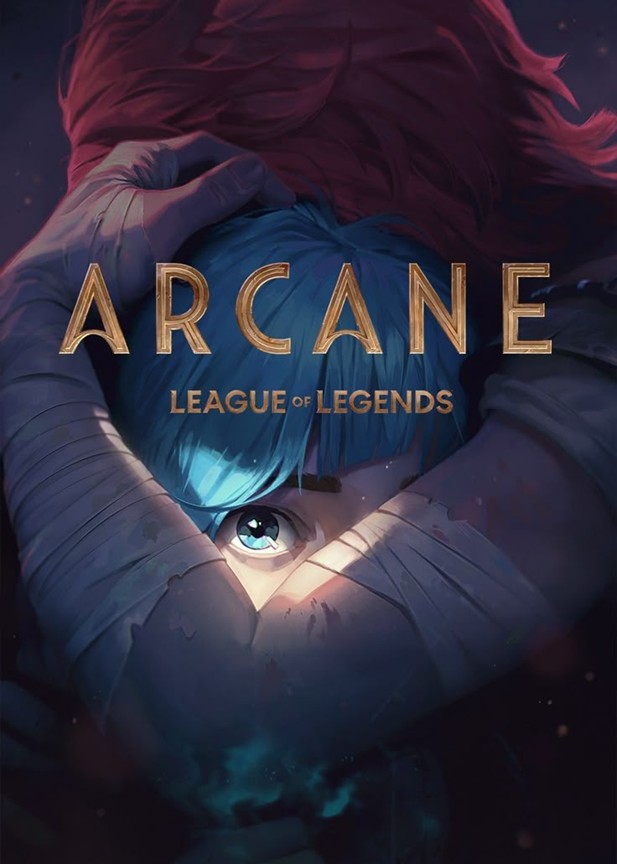
Inspired by the global Riot game, League of Legends, Arcane, tackles its lore through detailed script writing and animation.
Under the French animation studio, Fortiche, the hit Netflix series Arcane focuses on the story of two sisters, Vi and Jinx, who are caught in a conflict between the utopian city Piltover and the oppressed city Zaun. However, on November 23rd, 2024, the show closed its curtains, leaving its audience stunned. Today, as we reach one year after the finale, Arcane’s scriptwriting and animation remain alive through the fandom’s interpretations, illustrating society’s hidden morals. Here’s what League of Legends’ lore taught us.
The dichotomy of love
It is no surprise that Arcane illustrates the meaning of love through its characters’ actions. However, when rewatching the series, we notice the dichotomy of love and how harm intertwines with it.
In his intake on the idea of love, Nietzsche mentions the unattractive side of its beauty. He quotes: “That which is done out of love is always beyond good and evil”. In other words, Nietzsche believes that Love and Greed stem from the same instinct. Any action coming from love can be seen as harmful or egocentric, while not stating directly that it is inherently evil either.
This is seen in the entirety of Arcane’s storyboard. A plot in which the characters never directly state their love for each other but use actions beyond good and evil to display it. Yet, Singed, a mad scientist from Zaun trying to revive his daughter, justifies the series’ themes in one scene. In Season 2, when Caitlyn Kirramman, Piltover’s commander, questions him about his harmful drug invention: the Shimmer, a powerful drug that corrupted the city of Zaun, he simply answers: “Why does anyone commit acts others deem unspeakable? For Love.”
With this one phrase, Singed managed to summarize every character’s motives. As a result, Arcane’s fanbase was touched by this hidden moral, changing their full perspective on the characters.
A morally grey world
What illustrates a dichotomous love better than morally grey characters? To understand Arcane’s entire plot, the complexity of the personalities on screen should be analyzed and understood.
However, through social media, a large debate has been circulating on the morality of some characters, treating some as villains while glorifying others. One of the most frequent fan clashes is between Jinx’s and Caitlyn’s fanbases.
As an example, multiple supporters of the show condemn Caitlyn’s harmful actions in Season 2, yet glorify Jinx for hers. However, many disregard the last few interactions between both characters, where at some point Caitlyn states: “No amount of good deeds can undo our crimes!”
In this scene, the commander isn’t just talking about Jinx’s crimes, but also acknowledging her own mistakes and the harm she has caused. Thus, this realization reflects on the morality of the personalities in the show. No character is either good or bad, but morally grey, which makes Arcane an animated show that truly captures the complexity of human essence and morals.
Today, new interpretations emerge, teaching us new lessons on our society’s functions, while creating larger literary and cinematographic discussions.